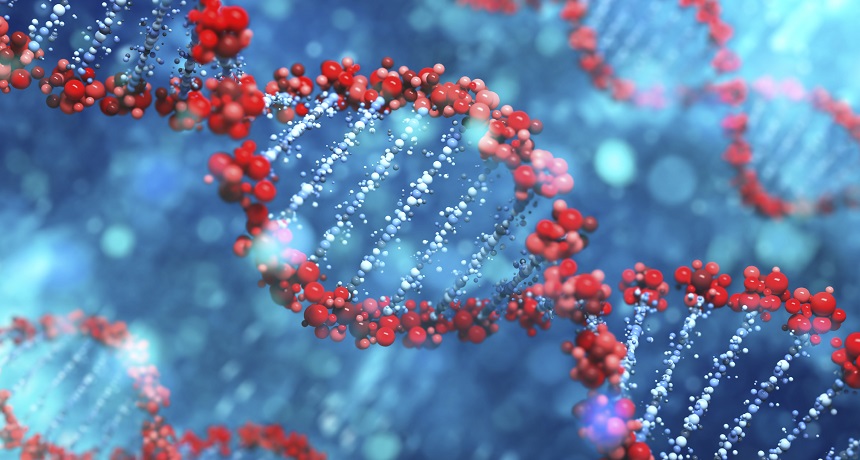Scientists Say: Loci
This word describes the location of a gene in your DNA

Long strands of DNA can contain many genes. We call a gene’s spot on a DNA molecule its locus.
SilverV/Istockphoto
This word describes the location of a gene in your DNA

Long strands of DNA can contain many genes. We call a gene’s spot on a DNA molecule its locus.
SilverV/Istockphoto